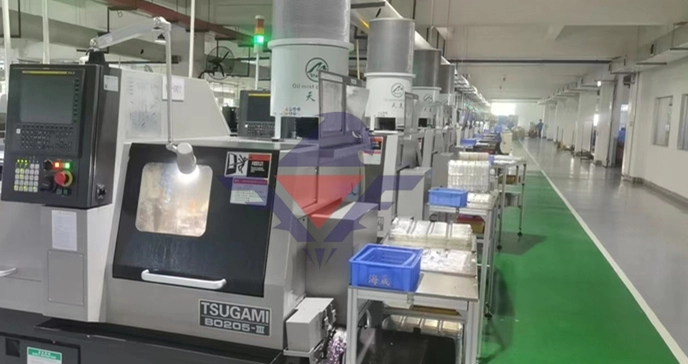Endotoxin Detection Kits for Accurate Bacterial Toxin Measurement

# Endotoxin Detection Kits for Accurate Bacterial Toxin Measurement
## Understanding Endotoxins and Their Impact
Endotoxins are lipopolysaccharides (LPS) found in the outer membrane of Gram-negative bacteria. These toxic substances can cause severe immune responses in humans and animals, making their detection crucial in pharmaceutical, medical device, and biotechnology industries. When released during bacterial cell death or growth, endotoxins can trigger fever, septic shock, and other harmful effects.
## The Importance of Reliable Endotoxin Testing
Accurate endotoxin measurement is essential for:
– Pharmaceutical quality control
– Medical device safety assessment
– Water purity testing
– Research applications
Keyword: Endotoxin Assay Kits
– Vaccine development
Regulatory agencies like the FDA and EMA require strict endotoxin testing protocols to ensure product safety. The current gold standard for detection is the Limulus Amebocyte Lysate (LAL) test, derived from horseshoe crab blood.
## Types of Endotoxin Assay Kits
Modern endotoxin detection kits offer various testing methods:
### 1. Gel-Clot Assay Kits
These qualitative tests provide a simple positive/negative result based on gel formation. They’re cost-effective and require minimal equipment.
### 2. Chromogenic Assay Kits
These quantitative kits measure endotoxin concentration through color change, offering higher sensitivity and precision.
### 3. Turbidimetric Assay Kits
These quantitative tests measure turbidity changes caused by clot formation, providing reliable results with good sensitivity.
### 4. Recombinant Factor C (rFC) Assay Kits
An animal-free alternative to traditional LAL tests, these kits use recombinant technology for endotoxin detection.
## Choosing the Right Endotoxin Detection Kit
When selecting an endotoxin assay kit, consider:
– Required sensitivity (typically 0.005-5.0 EU/mL)
– Sample matrix compatibility
– Regulatory compliance
– Throughput requirements
– Budget constraints
– Equipment availability
## Best Practices for Endotoxin Testing
To ensure accurate results:
– Maintain proper sample handling procedures
– Control environmental contamination
– Validate testing methods
– Regularly calibrate equipment
– Use appropriate controls
– Follow manufacturer instructions precisely
## The Future of Endotoxin Detection
Advancements in endotoxin testing include:
– Development of more sensitive assays
– Increased use of recombinant technologies
– Automation for higher throughput
– Integration with quality control systems
– Improved standardization across industries
Reliable endotoxin detection remains critical for patient safety and product quality across multiple sectors. By selecting appropriate endotoxin assay kits and following best practices, laboratories can ensure accurate bacterial toxin measurement and regulatory compliance.